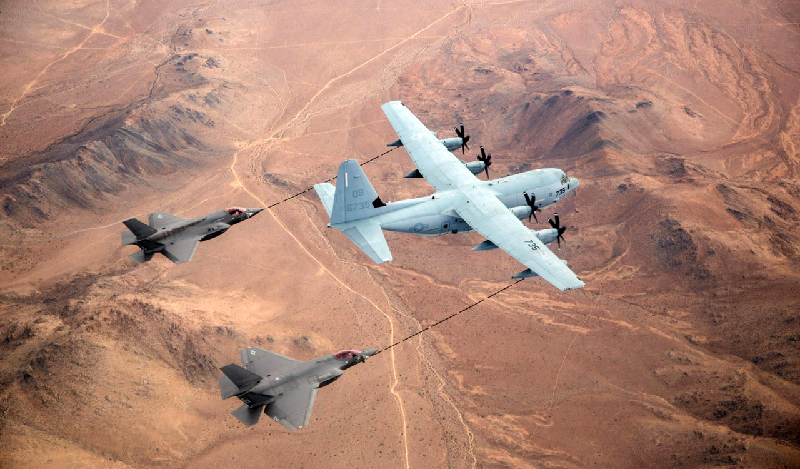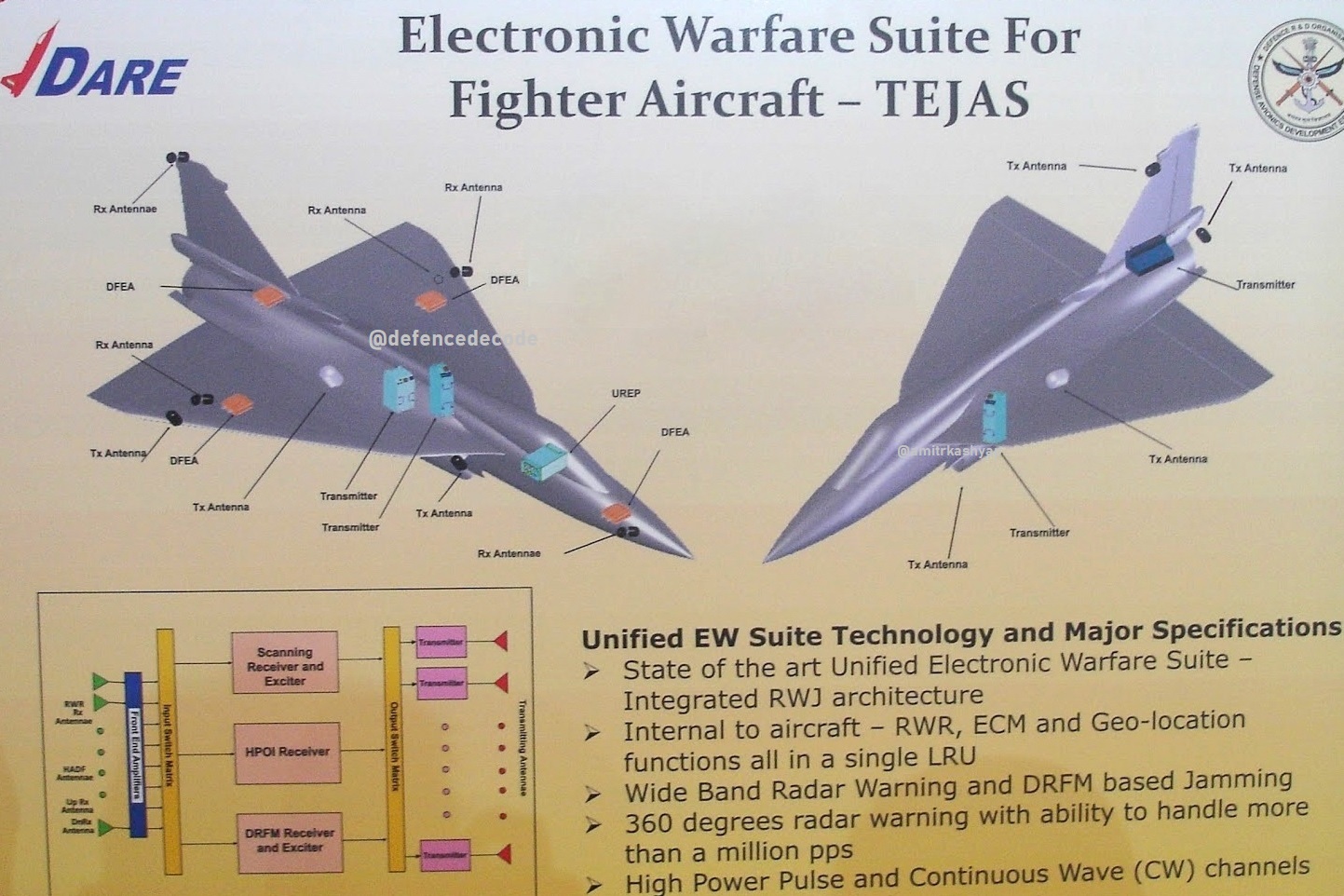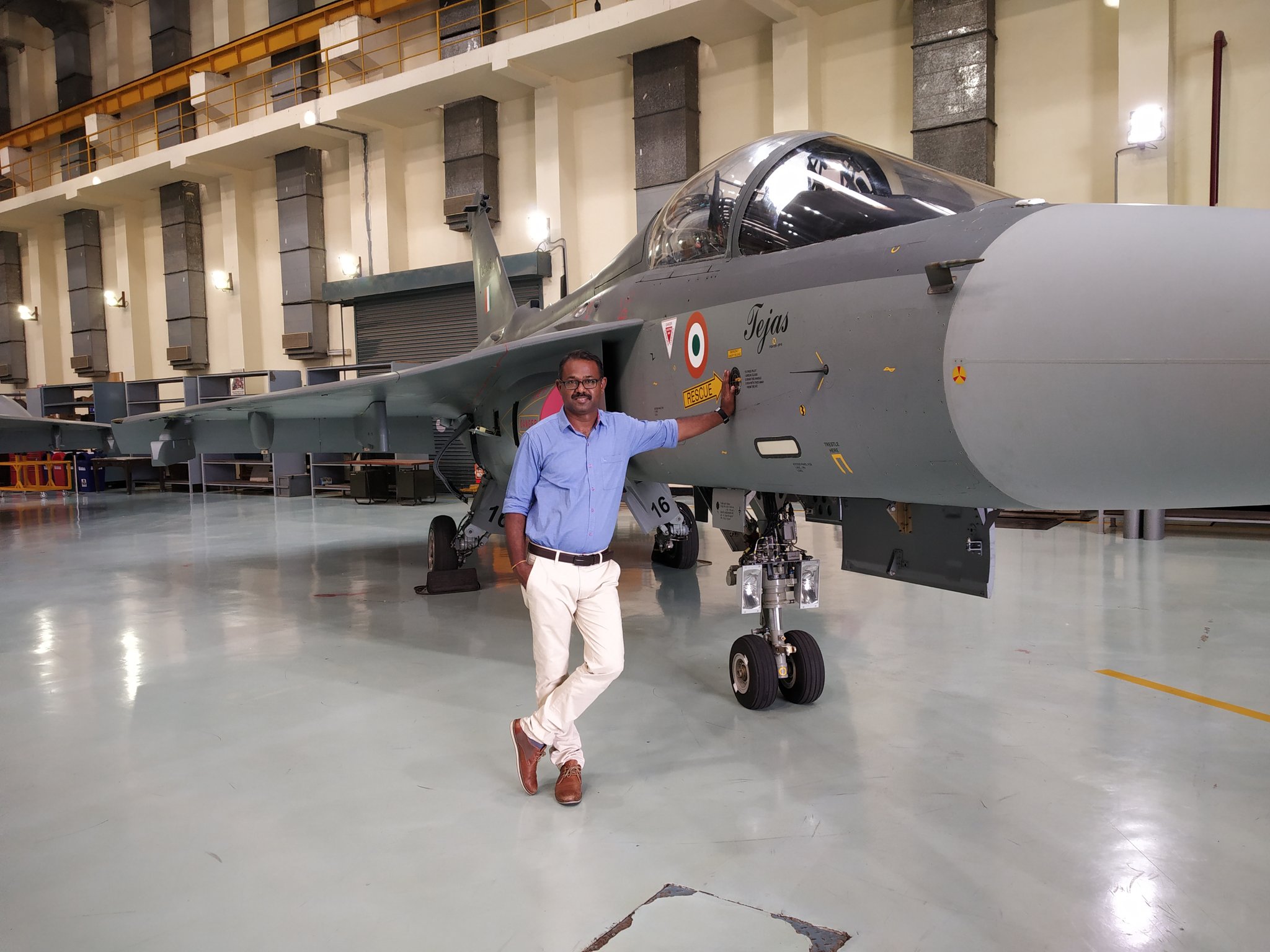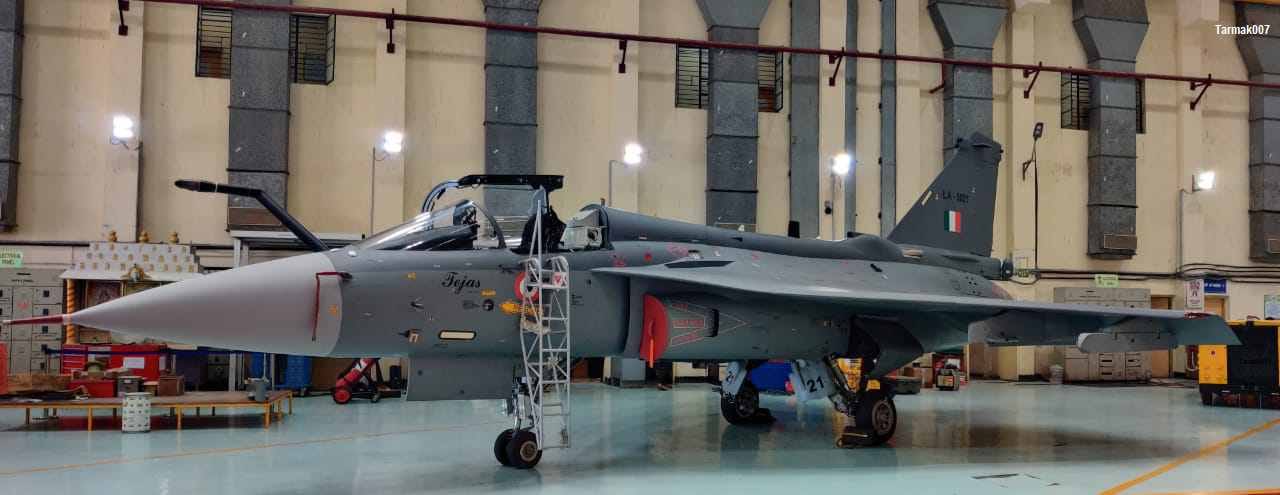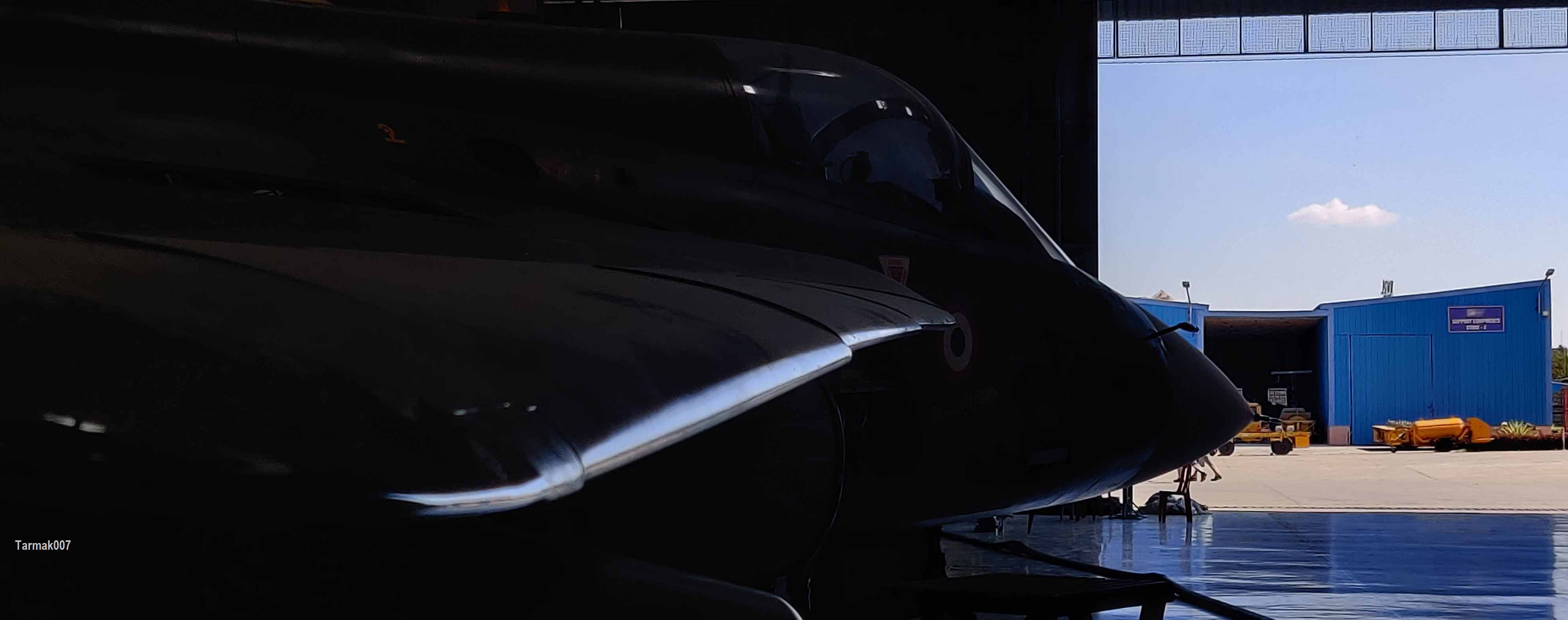nam wrote:Rakesh wrote:Gurus, true?
https://twitter.com/sakthivel_cit93/sta ... 52257?s=20 ---> Radome diameter determines the diameter of radar. Tejas Mk1 has a higher radome (nose cone base diameter) than Rafale. That means in every upgrade it can get a larger size AESA radar (eyes of the fighter, crucial for BVR missile fight) than Rafale.
Well I used to think the same, however it is not black & white.
How good a radar is determined by the power on-board. If you don't have enough power, you won't find a "large" AESA been used. No point having a 1200 TRM radar, with 2-3KW onboard power. That is why Uttam has only 750 TRM, despite LCA's large radome.
Another point is the TRM spacing. Smaller the spacing, higher the operating frequency, better the resolution. So you want to make the antenna ..smaller

Not to mention, future GaN Antenna, which will have even less TRM, hence smaller...!
A lot of what you have written above is mistaken.
Antenna size is linked to gain. A high gain antenna uses its power far more effectively than a more powerful one. If designers could, they would maximize gain. A smaller antenna with more power needs to compensate with much higher power ratings to match up to a larger one.
Next TRM size or number has nothing to do with power ratings unless you know what power ratings per TRM are. Obviously designers with more experience and access to the latest technology will have more compact TRMs often lower power, which they can pack into a radar.
Coming to resolution, higher the antenna size, smaller the beam width possible and better the resolution, frequency apart. Again, larger radars are favored over smaller ones.
